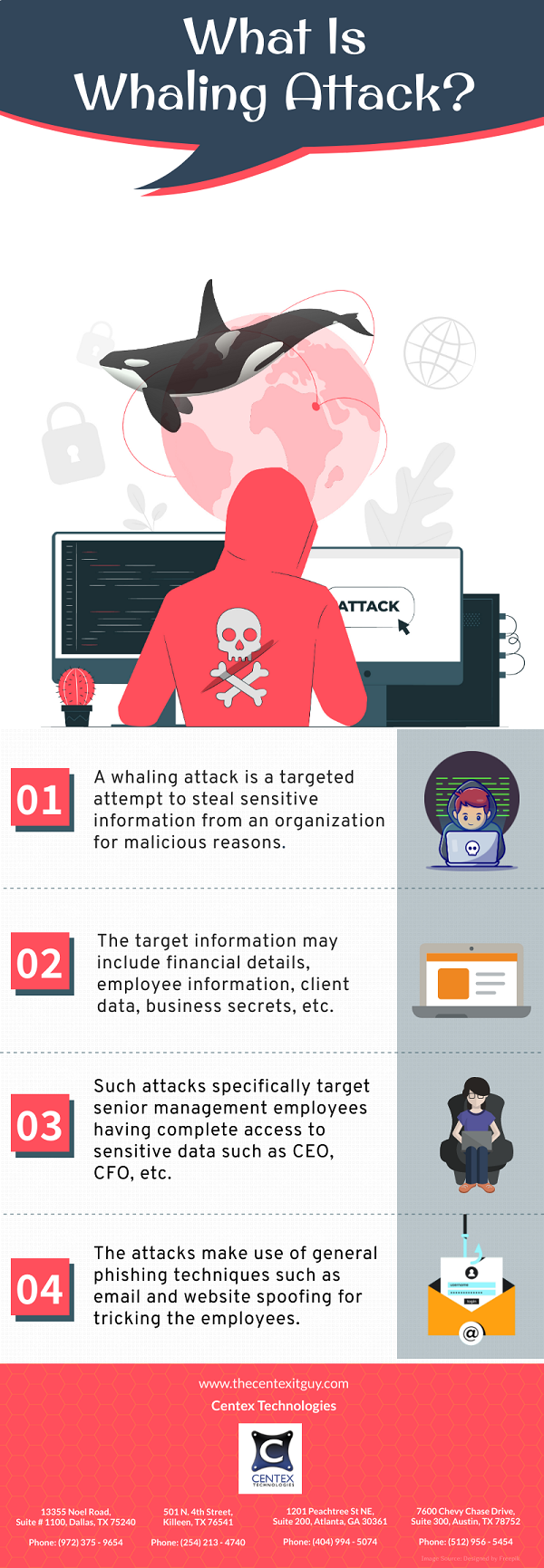A data loss prevention policy defines how an organization can share data while ensuring the data being shared is protected. It also lays down the guidelines for using the data for decision-making without exposing it to anyone who should not have access to the data. In general terms ‘Data Loss Prevention Policy’ can be broadly defined as processes that identify confidential data, tracks data usage, and prevents unauthorized access to data.
Why Is It Important To Establish Data Loss Prevention Policy?
Before understanding ways to establish data loss prevention policy, it is important to understand the need for the policy. As the organizational setup has changed with an increase in number of remote employees and employees accessing the data on different devices, the risk of data loss has also increased.
Under these circumstances, there are three main reasons for setting up a Data Loss Prevention Policy:
- Compliance
- IP Protection
- Data Visibility
Once the need for Data Loss Prevention is clear, it is time to understand the best practices to establish the policy.
Best Practices To Establish Data Loss Prevention Policy
- Take time to understand and get an insight into the data. Classify the data according to its vulnerability and risk factors. Once classified, identify the data that needs to be protected and fabricate the data loss prevention policy around this data type.
- Establish strict criteria for choosing data loss prevention vendors. Create an evaluation framework with right set of questions to choose effective data loss prevention solutions for the organization.
- Identify the people who will be involved in the data loss prevention process and clearly define their rules. It is necessary to segregate the responsibilities of every individual and clearly convey the responsibilities to avoid data misuse.
- Start by choosing the data set with highest level of priority and risk. Once an effective policy is set up to secure most critical data, build up on this policy to further secure other data sets as per their level of priority.
- Educate all the employees on importance of data, sources of data loss, need for data loss prevention policy and steps to be taken in case of a data loss or breach.
- Document the data loss prevention policy and make sure that every employee has a copy for reference.
For more information on establishing data loss prevention policy, contact Centex Technologies at (254) 213 – 4740.


